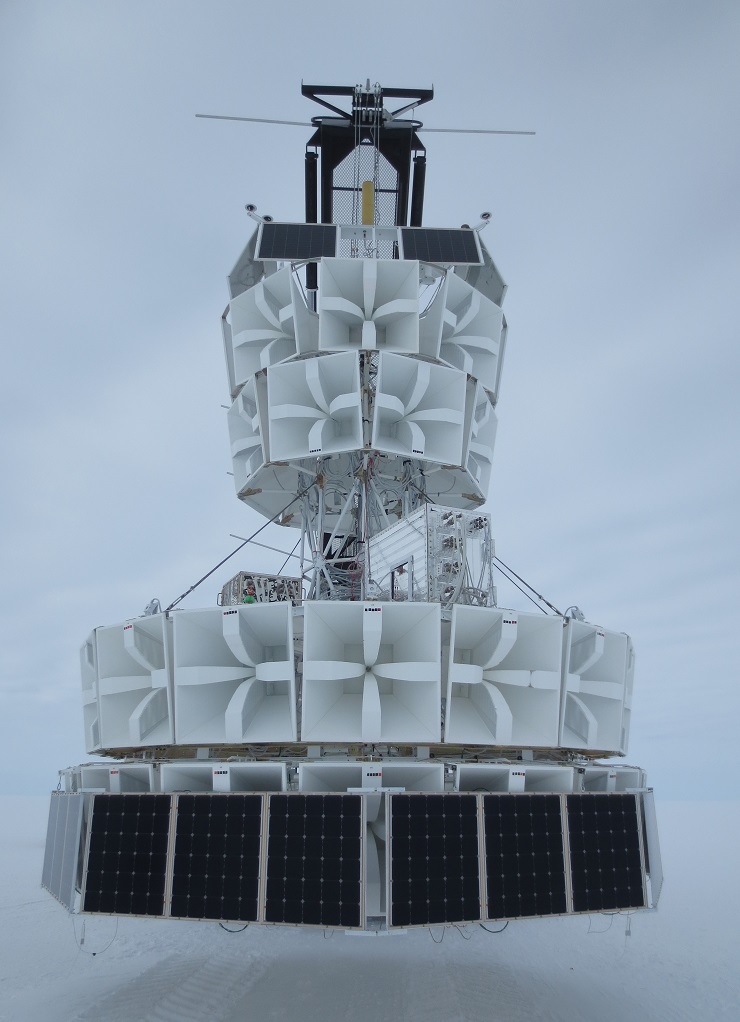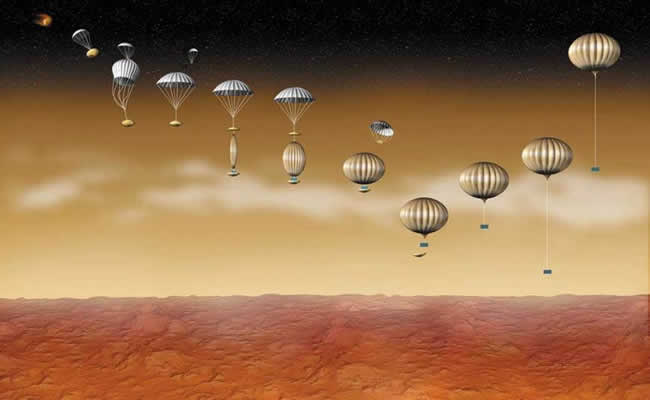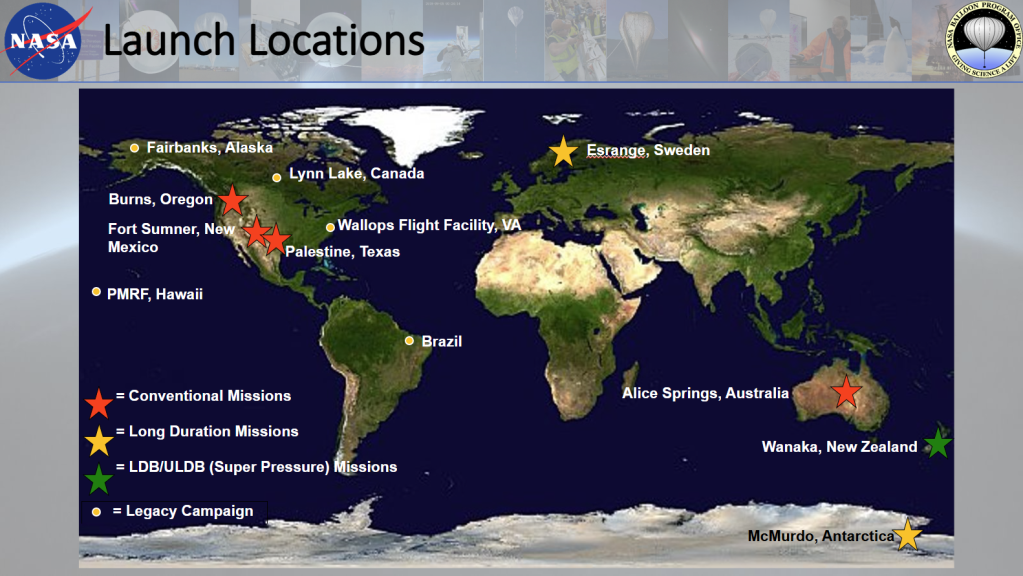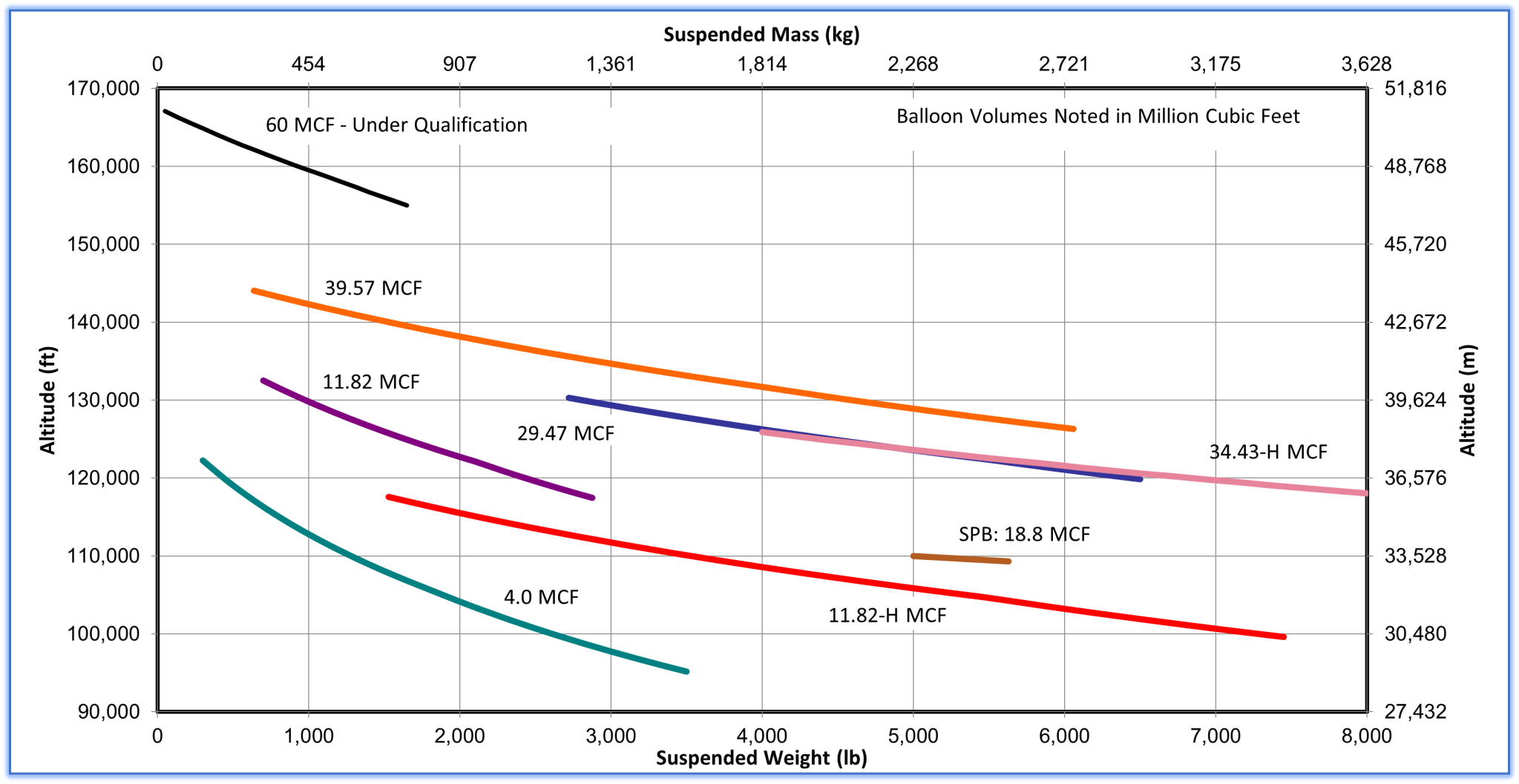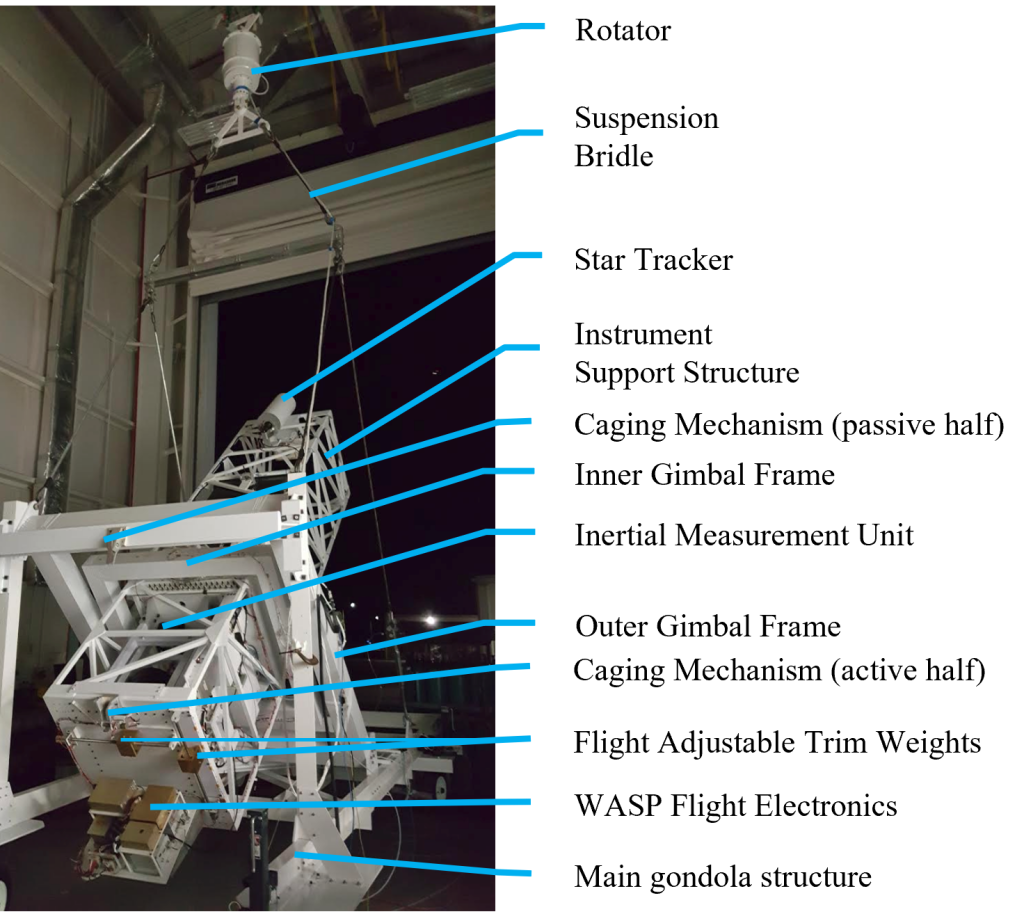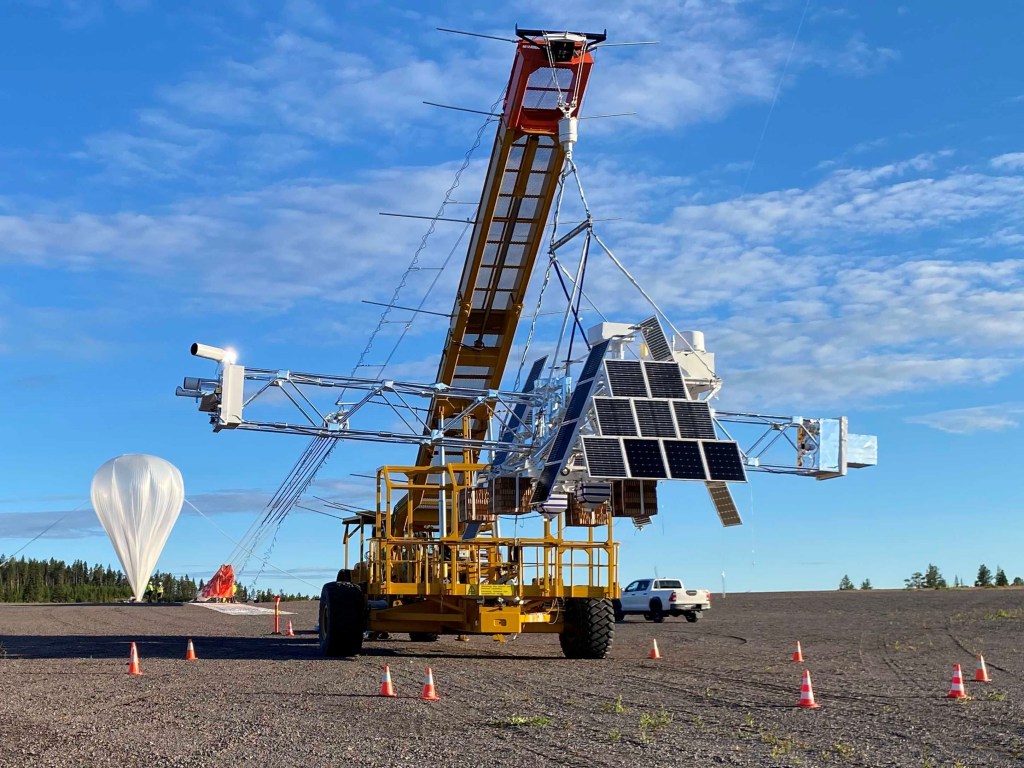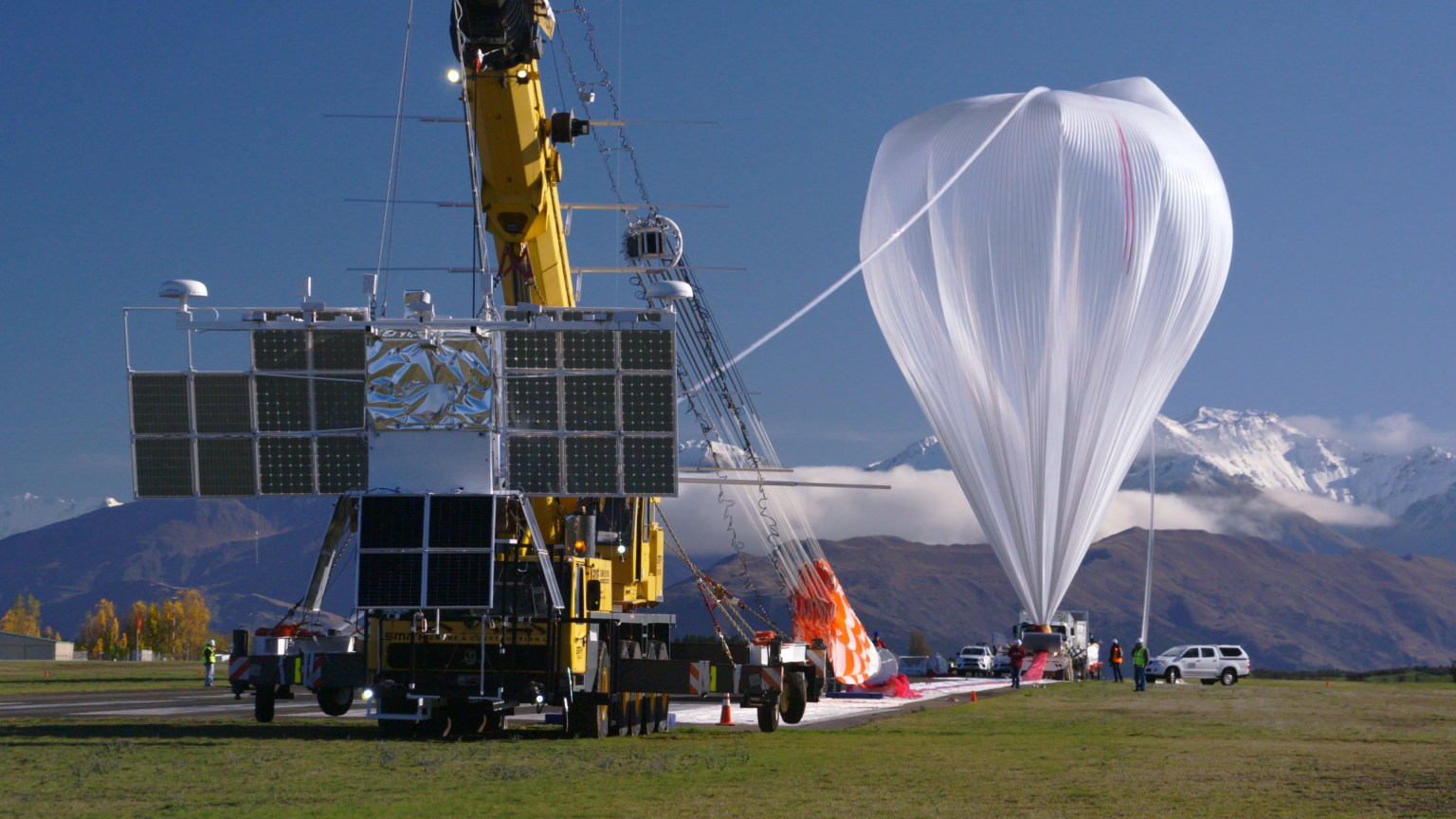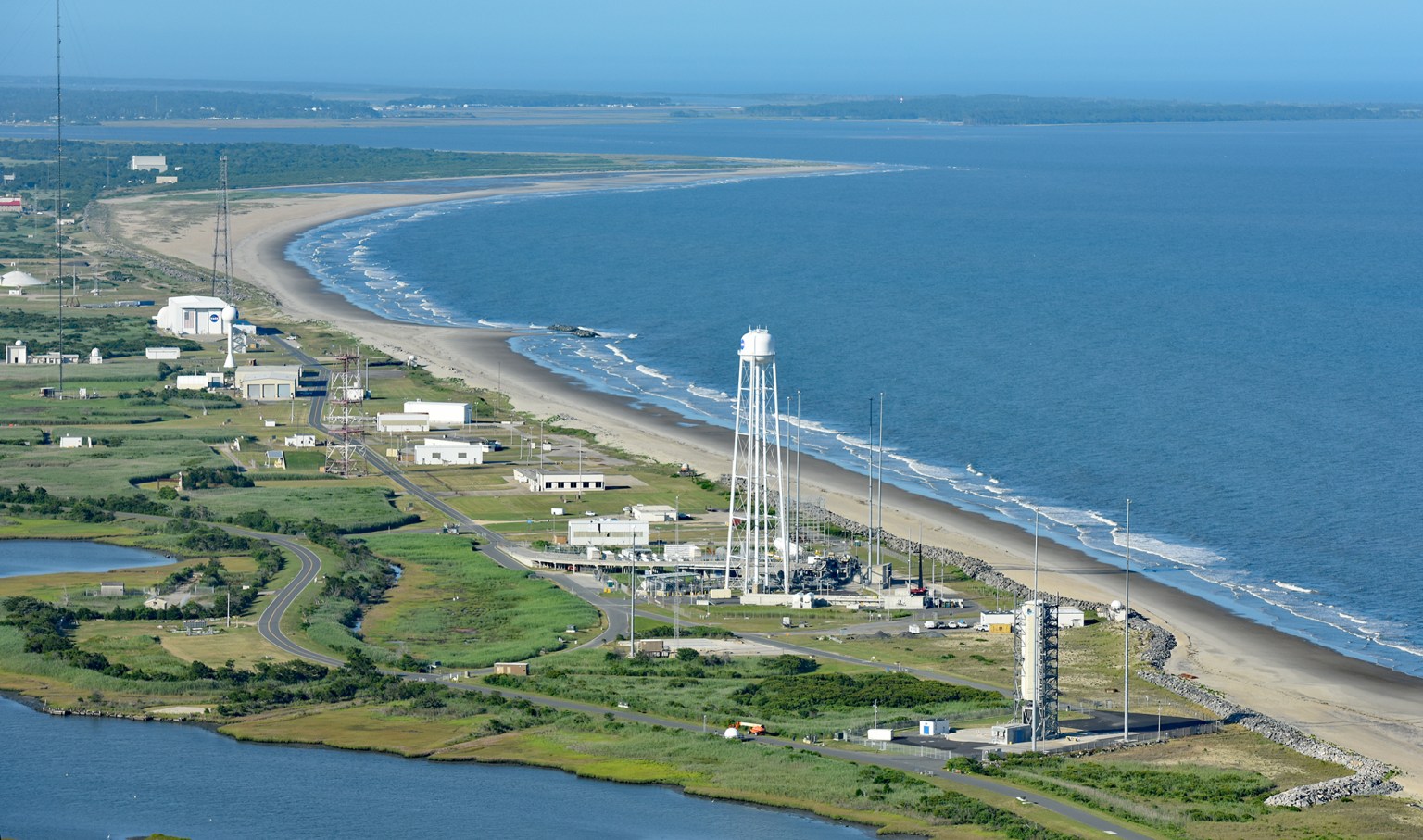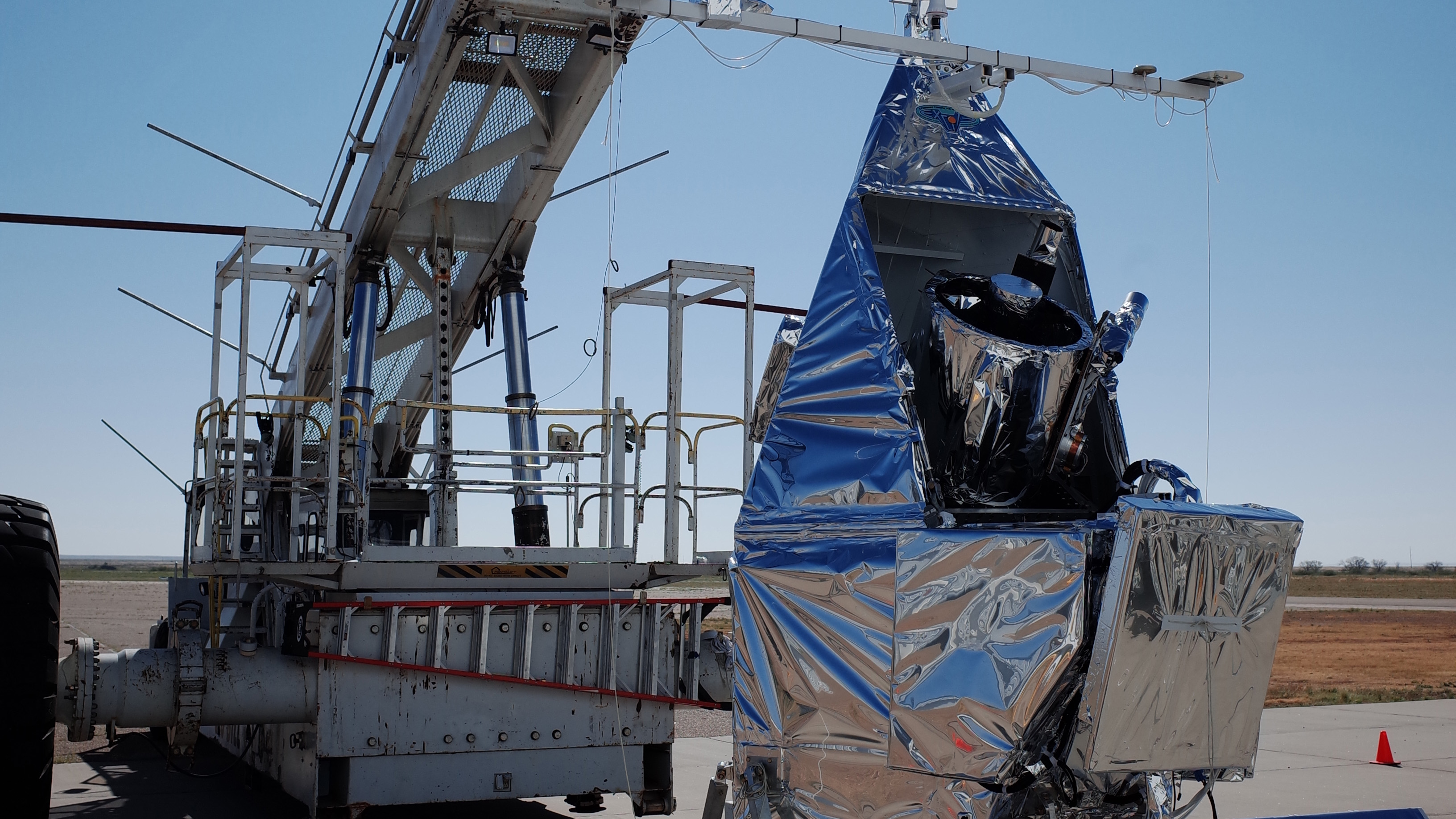Capabilties
The NASA Scientific Balloon Program uses two different balloon designs to accomplish its mission. The designs can scale up and down to accommodate different payload masses as well as target altitudes.
Balloon assignments are made based on the chart below by the Program once a flight application is recieved.
Quick Facts
| Balloon Type | Zero Pressure | Zero Pressure | Super Pressure |
|---|---|---|---|
| Mission Type | Conventional | Long Duration | Ultra Long Duration |
| Duration | Up to 36 hours | 4 to 60 days | 30 to 100 days |
| Science Payload Mass | Up to 2,948 kg | Up to 2,948 kg | Up to 907 kg |
| Typical Float Altitude | 29.2 to 38.7 km | 36.5 to 38.7 km | up to 34 km |
| Support Package | Consolidated Instrumentation Package (CIP) Line of Sight (LOS) – Up to 12 Mbps direct return (with EVTM system) | Support Instrumentation Package (SIP) Line of Sight (LOS) – Up to 12 Mbps direct return (with EVTM) Over The Horizon (OTH) – 300 kbps / 1 Mbps TDRSS Downlink 15 – 80 Mbps Starlink |
Both Long Duration and Ultra Long Duration flights are supported by the “Support Instrument Package” and more information on these units can be found with additional details on how to fly with us.
The Small Launch Package (for up to 68 kg payloads) can be utilized for any mission type. it is a stand-alone package for small payload support with LOS and OTH telemetry and command (Iridium) 255 byte/min packets. LOS is up to 12 Mbps and the system without batteries is about 9 kg.
Any mission can also request special support systems for pointing.
– – Course Azimuth Pointing: 1-5 deg accuracy
— Fine biaxial pointing: <1 arcsecond accuracy (Wallops Arc Second Pointer)
Research Areas
Our scientific balloons are used to conduct research in these fields:
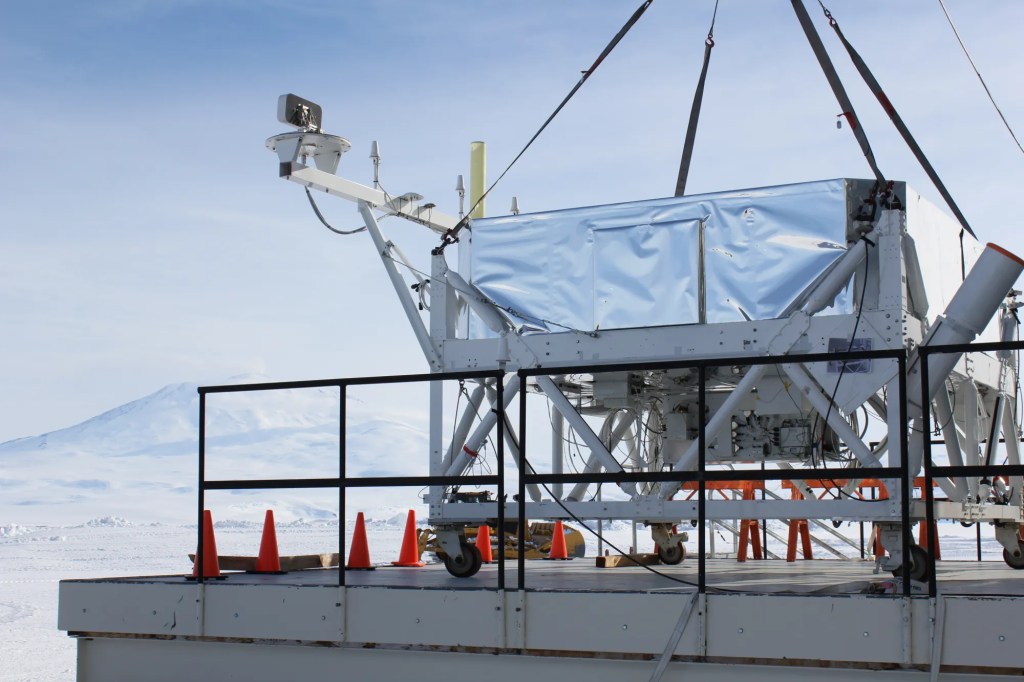
Cosmic Ray and Microwave Background Studies
Explore the various scientific balloon operations that have contributed to our understanding of the universe.

Earth Studies
Learn how scientific ballooning helps predict the weather, understand climate change and test the principles of physics.
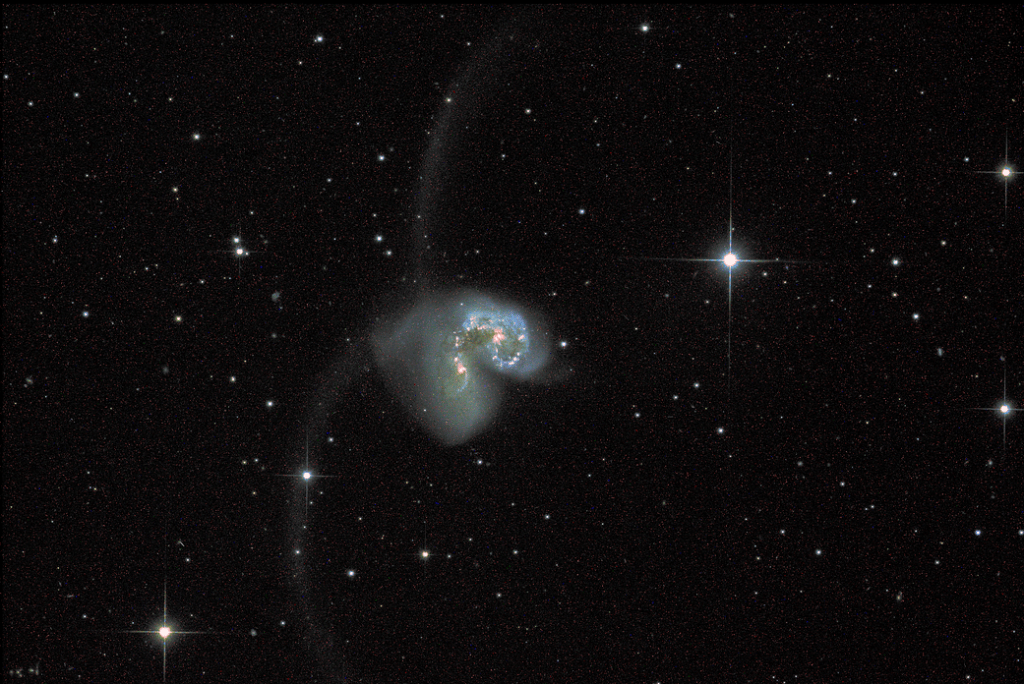
Light Astronomy
View amazing images that scientific balloon payloads have captured and understand how they develop space telescopes like James Webb and Hubble.
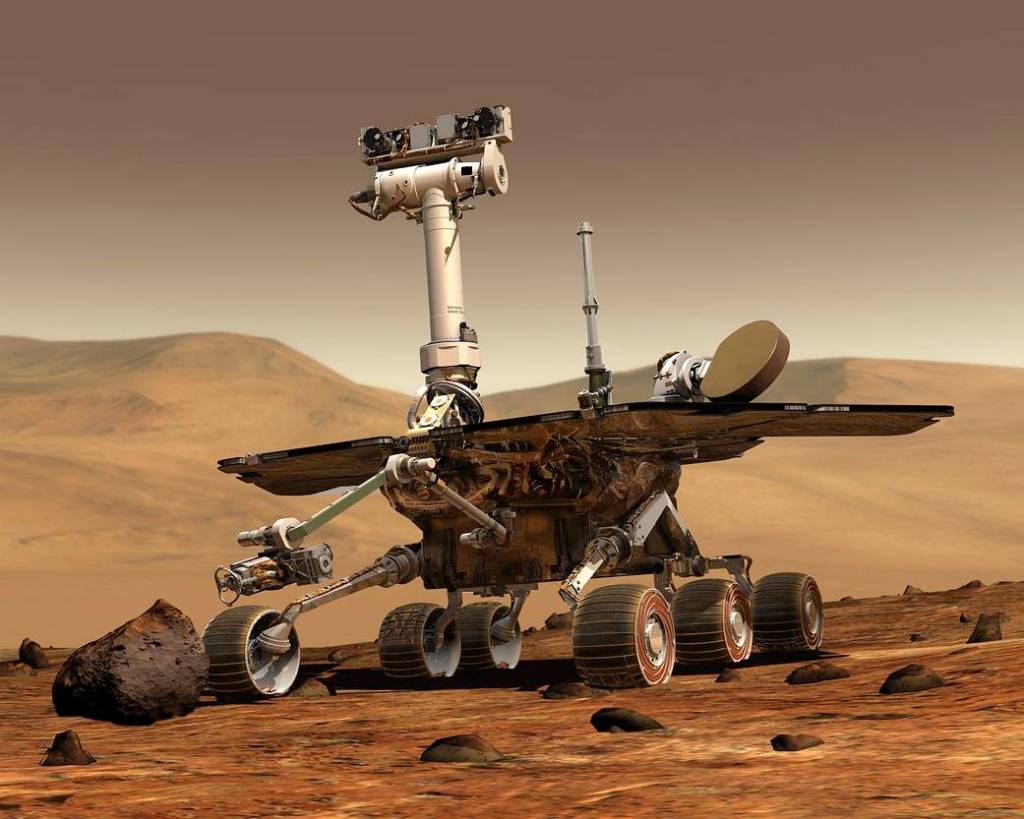
Exoplanet and Planetary Studies
See how scientific ballooning has allowed us to put rovers on and explore other planets in our solar system.
Wallops Arc Second Pointer (WASP)
The WASP system was developed by engineers at NASA’s Wallops Flight Facility to support precise pointing specifically for the balloon program. Over 10 years of development and 15 years of operations experience delivers outstanding support to the science community.
- Generally, the WASP pointing system delivers sub-arcsecond performance (total error < 1 arcsec 99.4% of the time)
- WASP consistently yields sub-arcsecond pointing performance with pointing RMS values that varied between 0.15″ and 0.8″ depending upon the controller gain settings utilized.
- During the FY22 flight of the Picture-C payload, the combination of WASP and the Picture-C instruments deformable mirror reached 0.1 arcsecond accuracy.
- That is on par with the James Web Telescope.
- WASP maintains arcsecond level control with a neural network control scheme which can rapidly adapt to the static friction of the system when high-frequency vibrations from the pitch and yaw hub shaft rotation motors are observed within the science data set.
- In addition to the PID control laws, two Neural Network control law methodologies have been added to the WASP Flight Software. The Sub-arcsecond Neural Network Attitude Reference Controller (SNNARC) and the Modified State Observer (MSO) techniques have been demonstrated in simulation, ground testing, and flight to improve the pointing performance and stability of WASP.
- Star Tracker and Sun Tracker systems deploy multiple avenues to maintain a starfield solution; including
- image stacking algorithms
- miniature mechanical focus system using COTS parts
- implementing and testing alternative star detection algorithms

























